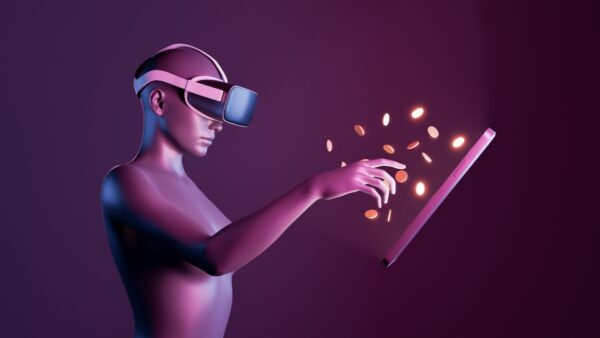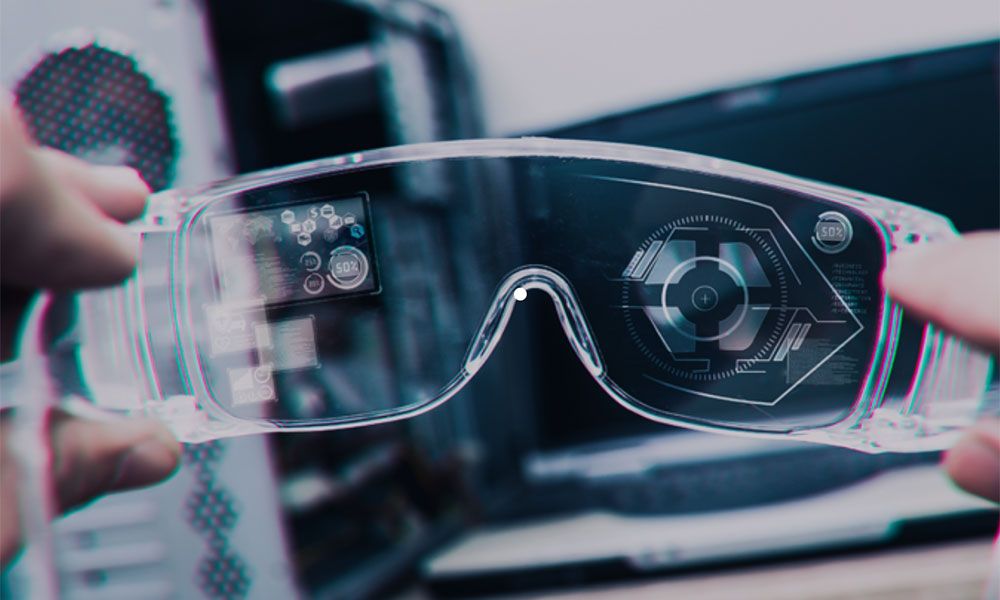Non-fungible tokens (NFTs) have taken the world by storm, providing unique digital ownership in the form of artwork, music, and other digital assets. Augmented reality (AR), on the other hand, has been around for a while but hasn’t yet reached its full potential. However, the combination of NFTs and AR could lead to a whole new world of possibilities.
What are NFTs?
NFTs are unique digital assets that are stored on a blockchain. They provide proof of ownership and are often used for artwork, music, and other creative works. NFTs can be bought, sold, and traded like any other asset, but their uniqueness makes them valuable to collectors.
What is Augmented Reality?
Augmented reality is the blending of the physical and digital worlds. It involves overlaying digital information onto the physical world, often through the use of a smartphone or other device. Augmented reality can be used for a variety of purposes, including gaming, education, and marketing.

The Possibilities of NFTs and AR
The combination of NFTs and AR could lead to a whole new world of possibilities. For example, imagine being able to view a piece of artwork in augmented reality and then purchasing the NFT for that artwork. The NFT would provide proof of ownership and allow the owner to display the artwork in their virtual gallery.
Another possibility is using NFTs to unlock exclusive augmented reality experiences. For example, a musician could release an NFT that provides access to an exclusive augmented reality concert.
Challenges and Opportunities
While the combination of NFTs and AR is exciting, there are also challenges to overcome. One challenge is the technical complexity of creating AR experiences that can be accessed through NFTs. Another challenge is ensuring the security of NFTs and preventing fraud.

However, there are also opportunities to be had. The combination of NFTs and AR could lead to new business models for artists and musicians. It could also lead to new forms of marketing and advertising.
The unexplored world of NFTs and augmented reality is full of possibilities. The combination of these two technologies could lead to new forms of art, music, and entertainment. While there are challenges to overcome, the opportunities are vast. It will be exciting to see how these technologies evolve and what new forms of creativity they will inspire.

